Sea levels are rising, and while the thought of a future underwater world might sound like the plot of a sci-fi movie, it’s a real challenge many American cities are facing today. As the ocean inches higher, cities from coast to coast are grappling with the potential reality of being partially submerged. Your heart might skip a beat thinking about the cultural and historical treasures that could be lost, not to mention the impact on people’s lives.
1. New Orleans, Louisiana
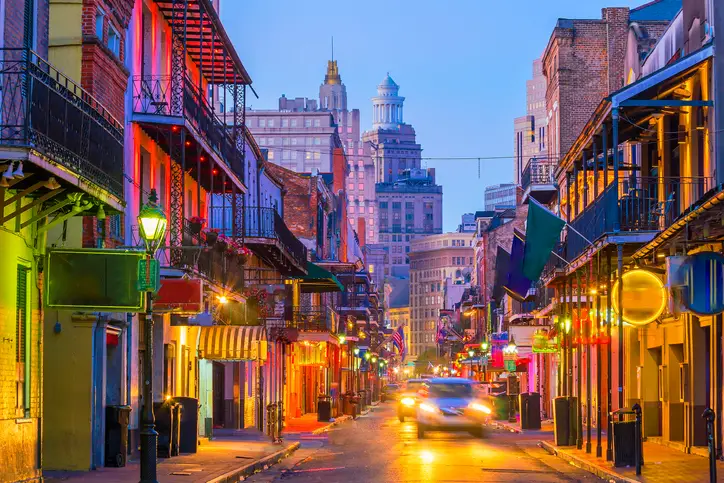
New Orleans is no stranger to water disasters, with Hurricane Katrina being a stark reminder of the city’s vulnerabilities. The city lies below sea level, making it especially prone to flooding from hurricanes and rising sea levels. A National Geographic article points out that the city’s protective levees are crucial but may not be enough in the face of ongoing climate change. New Orleans has a unique cultural fabric that risks being unraveled by the encroaching sea. If measures aren’t taken, the Crescent City could be more water than land in the decades to come.
Efforts to bolster the city’s defenses include everything from massive levees to innovative stormwater management systems. Yet, these measures come with challenges, not least being the astronomical costs and ongoing maintenance. Residents live with a constant awareness of their precarious position, balancing the city’s vibrant lifestyle with the sobering reality of potential inundation. Community organizations and city planners are working tirelessly, but the path forward is uncertain. For a city that thrives on resilience, the fight against the rising sea remains its toughest challenge yet.
2. Miami, Florida
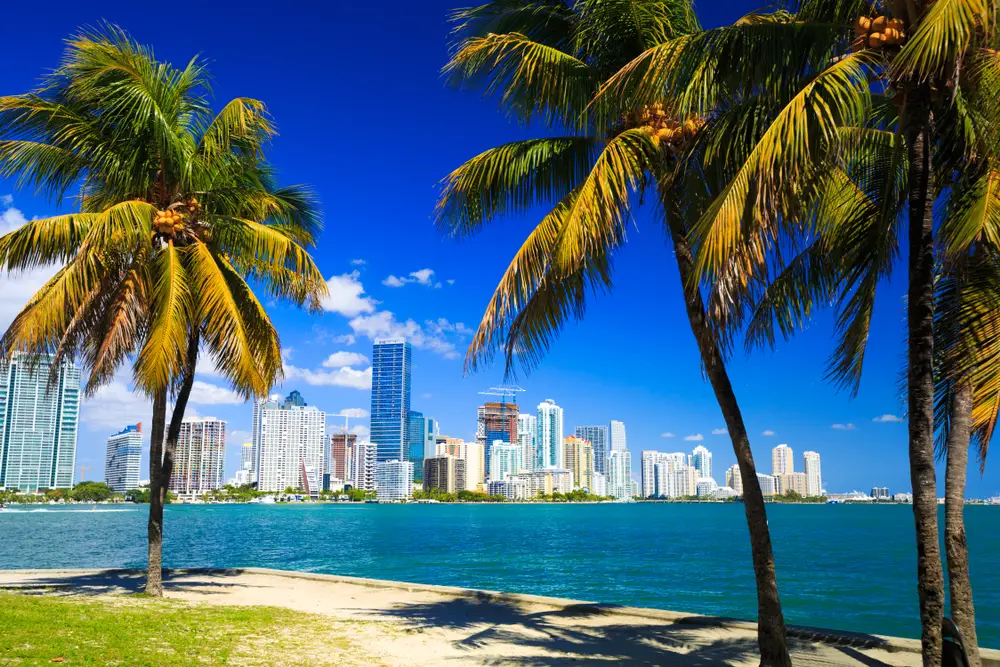
Miami is iconic for its beaches and vibrant nightlife, but its coastal charm is also its Achilles’ heel. The city’s low elevation and porous limestone foundation make it particularly vulnerable to sea level rise. Saltwater intrusion, where seawater seeps into freshwater aquifers, is an ongoing problem that threatens the city’s water supply. Miamians are acutely aware of their city’s predicament, with “king tides” frequently flooding streets even on sunny days. The city is in a race against time to adapt to these changes, knowing that its tourist-driven economy depends on it.
City officials have been proactive, investing in pumps, raising roads, and revising building codes to address the impending crisis. There’s a sense of urgency as the city balances development with sustainability efforts. Miami Beach, in particular, has been a pioneer in implementing adaptive measures, often cited as a model for other coastal cities. Yet, the threat looms large, with climate experts warning that these efforts may only buy time unless global emissions are seriously curbed. It’s a high-stakes game to protect the Magic City from disappearing beneath the waves.
3. New York City, New York

The Big Apple is facing an existential threat as rising seas threaten to shrink the city’s iconic skyline. While it might be hard to imagine the city that never sleeps slowing down, climate change is forcing a reckoning. The New York Times has reported on the multifaceted approach the city is taking, including a massive seawall project to protect Lower Manhattan. New Yorkers are renowned for their resilience, but even they may find this fight daunting. It’s a battle of inches, with every increase in sea level posing a greater risk.
Efforts are underway to make the city more resilient, involving everything from green roofs to expanded wetlands. Still, the challenges are immense, given the density and complexity of the infrastructure. Even as the city innovates, there’s a palpable tension between development and environmental conservation. New York is racing against the clock, with billions of dollars on the line in protective measures. In a city where space is at a premium, the very ground beneath its feet is now part of the puzzle.
4. San Francisco, California
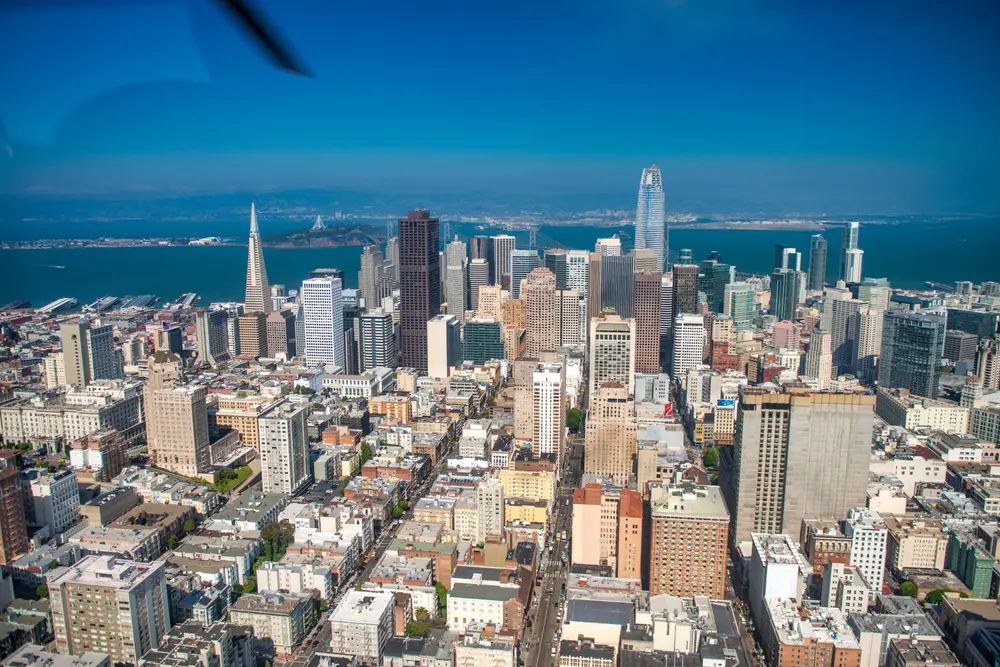
San Francisco is a city of hills, but even its elevation isn’t enough to escape the threat of rising tides. The city’s picturesque bayside location makes it uniquely vulnerable to sea level rise. The San Francisco Bay could see significant increases in water levels, impacting everything from real estate to natural habitats. The iconic Golden Gate could become a gateway to a submerged city if preventative measures aren’t taken. San Francisco is a city grappling with its dual identity: a tech hub and a place at risk of being overshadowed by nature’s force.
The city’s planners are focusing on sustainable urban development to combat the rising tides. Strategies include reinforcing natural barriers and restoring wetlands to absorb floodwaters. Tech companies are also contributing to innovative solutions, harnessing data to predict and manage the impact of sea level rise. However, the costs and logistics of these projects are formidable, with the clock ticking on their implementation. The balance between preserving San Francisco’s unique character and safeguarding its future is a delicate one, testing the city’s innovative spirit.
5. Charleston, South Carolina
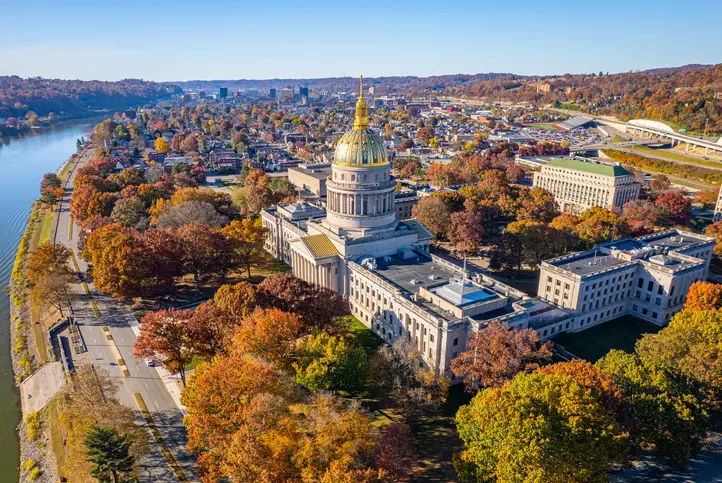
Charleston’s cobblestone streets and historic charm face an uncertain future as the ocean creeps closer. Known for its beautiful antebellum architecture, the city could see these landmarks lost to rising waters. According to The Guardian, Charleston experiences frequent “sunny day flooding,” with roads turning to rivers with alarming regularity. This phenomenon highlights the urgency with which the city must address its climate vulnerability. For a place so steeped in history, the challenge is not just about preserving old buildings but maintaining a way of life.
Charleston is taking a multi-pronged approach to address these challenges, from improving drainage systems to elevating roads. Community engagement is crucial, with residents and city officials working together to find sustainable solutions. Despite the obstacles, there’s a sense of determination to protect the city’s unique identity. Yet, experts warn that local efforts might not be enough without broader climate action. Charleston’s future depends on a delicate dance between innovation and tradition, with the stakes climbing alongside the tides.
6. Norfolk, Virginia
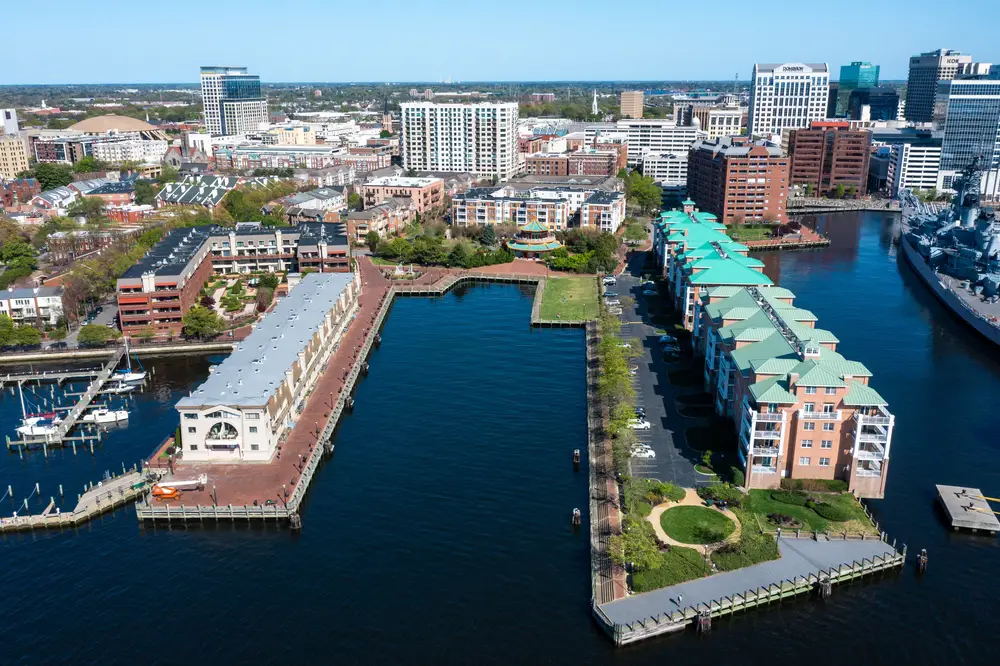
Norfolk is a city where the impacts of rising sea levels are already visible and growing worse. The city faces frequent flooding, with some areas experiencing waterlogged streets even during minor storms. It’s not just a coastal issue; Norfolk’s naval base, the largest in the world, is at risk, posing national security concerns. The military presence brings additional attention and resources to the problem, but it also complicates the solutions. Residents live in a constant state of alert, knowing that the next big storm could bring unprecedented damage.
City officials are implementing ambitious plans to combat the encroaching sea. This includes constructing floodwalls, updating stormwater systems, and creating living shorelines to buffer against waves. Community involvement is critical, as local input guides the adaptive strategies put in place. However, these efforts require significant funding and long-term commitment, challenging in a city where resources are stretched thin. Norfolk’s battle with the sea is a microcosm of the broader challenges facing coastal cities worldwide.
7. Galveston, Texas
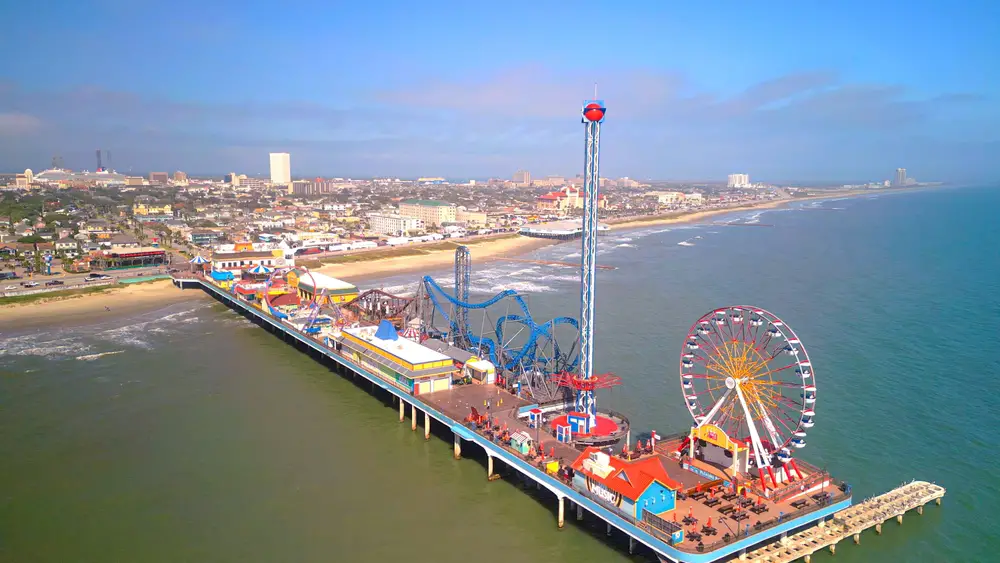
Galveston, with its rich history and coastal allure, faces a daunting future as sea levels rise. Situated on an island, the city is vulnerable to both flooding and erosion, which threaten its very existence. The Houston Chronicle reports that local scientists are actively studying the rate of sea level rise to better understand its long-term impacts. The community is acutely aware of the risks, given the devastating impact of past hurricanes. Galveston’s future hinges on its ability to adapt quickly to these changing conditions.
To combat these threats, the city is investing in robust infrastructure improvements. Projects include elevating homes, revising building codes, and improving drainage systems to manage storm surges. Public awareness campaigns aim to educate residents about the risks and how to prepare. Despite these efforts, there’s an undercurrent of urgency as the city races against time and nature. Galveston faces a complex set of challenges, balancing economic growth with the pressing need for climate resilience.
8. Atlantic City, New Jersey
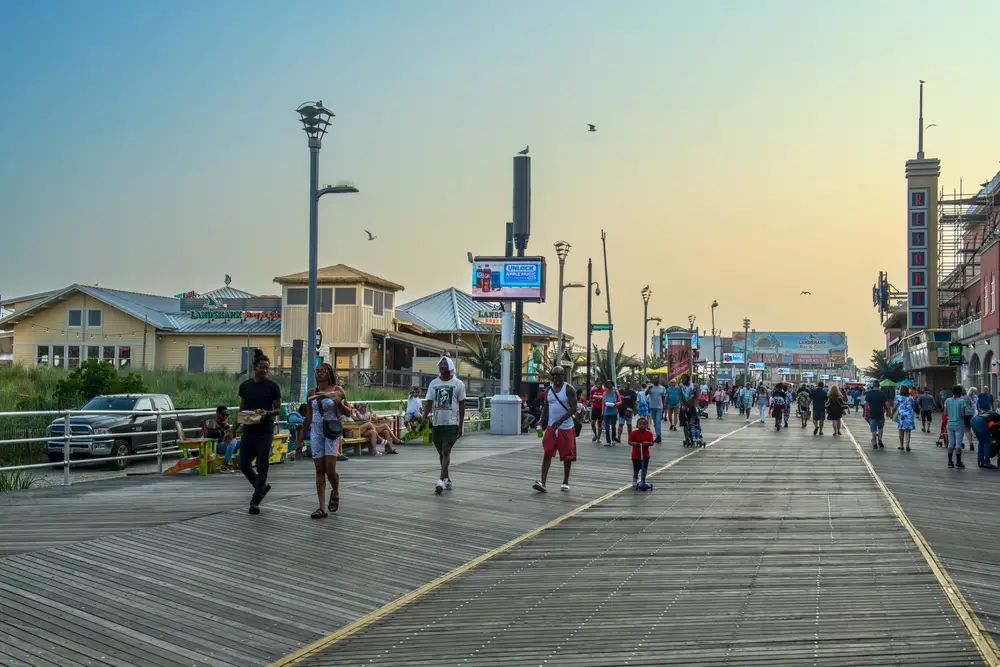
Atlantic City, known for its casinos and boardwalk, faces an uncertain future as rising seas threaten its shores. The city’s economy is built on tourism, making the threat of sea level rise particularly concerning. Flooding is already a common occurrence, impacting both locals and visitors alike. City planners are keenly aware that a failing infrastructure will only exacerbate these issues. The challenge is to maintain the city’s appeal while addressing its vulnerabilities.
Efforts to protect Atlantic City include a mix of short-term fixes and long-term strategies. Seawalls and bulkheads are being strengthened, while newer developments are being designed with climate change in mind. Community leaders are working to integrate sustainability into the city’s growth plans. However, the path forward is fraught with financial and logistical hurdles. Atlantic City’s gamble is whether it can adapt quickly enough to avoid becoming a cautionary tale of unpreparedness.
9. Boston, Massachusetts
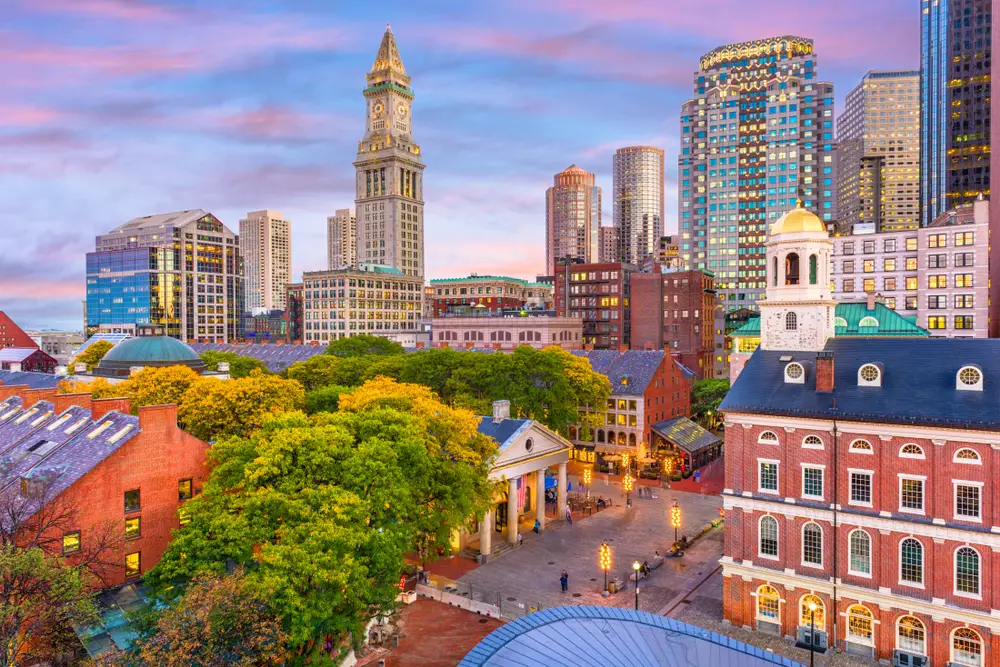
Boston is a city where history meets innovation, but rising seas could rewrite its future. With a significant portion of its downtown area at risk, the city is actively working on adaptive measures. The Boston Harbor is both an asset and a liability, providing economic benefits while also posing a flooding risk. In response, city planners have developed comprehensive climate action plans that emphasize both resilience and sustainability. The goal is to turn challenges into opportunities, ensuring Boston thrives in the face of climate change.
The city is focusing on green infrastructure to absorb stormwater and reduce flooding. Initiatives include expanding parks, creating floodable spaces, and enhancing public transportation to reduce carbon emissions. The involvement of local universities and tech companies provides a robust support network for these efforts. Despite these initiatives, the financial and logistical challenges are formidable. Boston’s approach is holistic, aiming to protect its rich history while embracing a sustainable future.
10. Honolulu, Hawaii
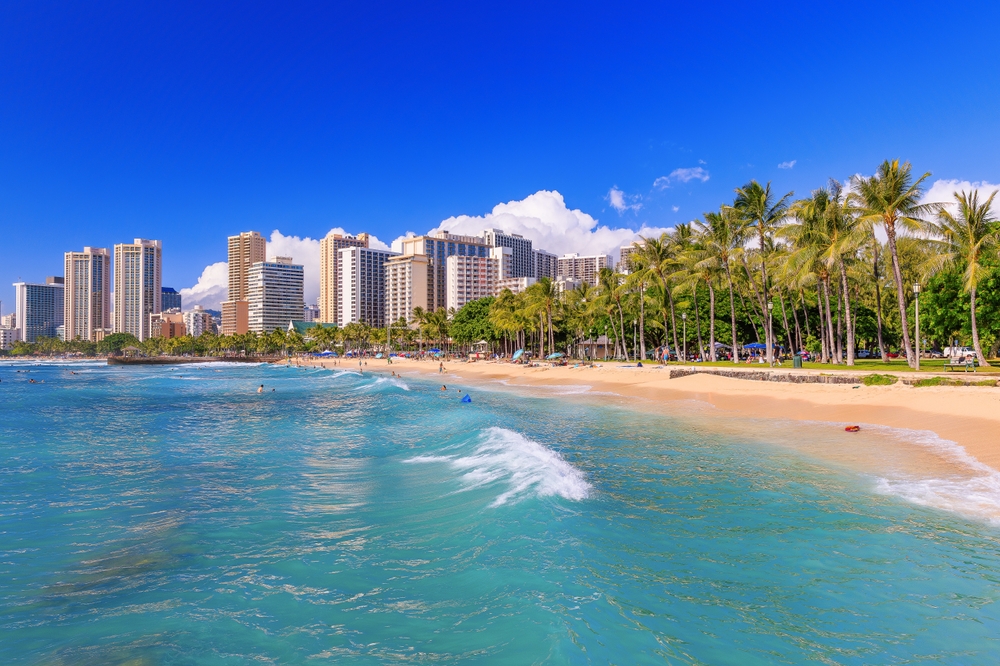
Honolulu is an island paradise facing the grim reality of rising seas and coastal erosion. The city’s stunning beachfronts are at risk, with some areas already experiencing significant land loss. Tourism is a major economic driver, making the threat of sea level rise particularly pressing. Without intervention, iconic beaches like Waikiki could disappear, impacting both the economy and local culture. Honolulu is at a crossroads, needing to balance its natural beauty with practical, forward-thinking solutions.
The city is investing in efforts to build resilience against the encroaching sea. Plans include beach replenishment, seawall construction, and initiatives to protect natural ecosystems. Community involvement is essential, as the local culture is deeply intertwined with the land and sea. The stakes are high, as the city strives to preserve its identity while ensuring a sustainable future. Honolulu’s challenge is a vivid reminder of the broader impacts of climate change on vulnerable island communities.
11. Savannah, Georgia
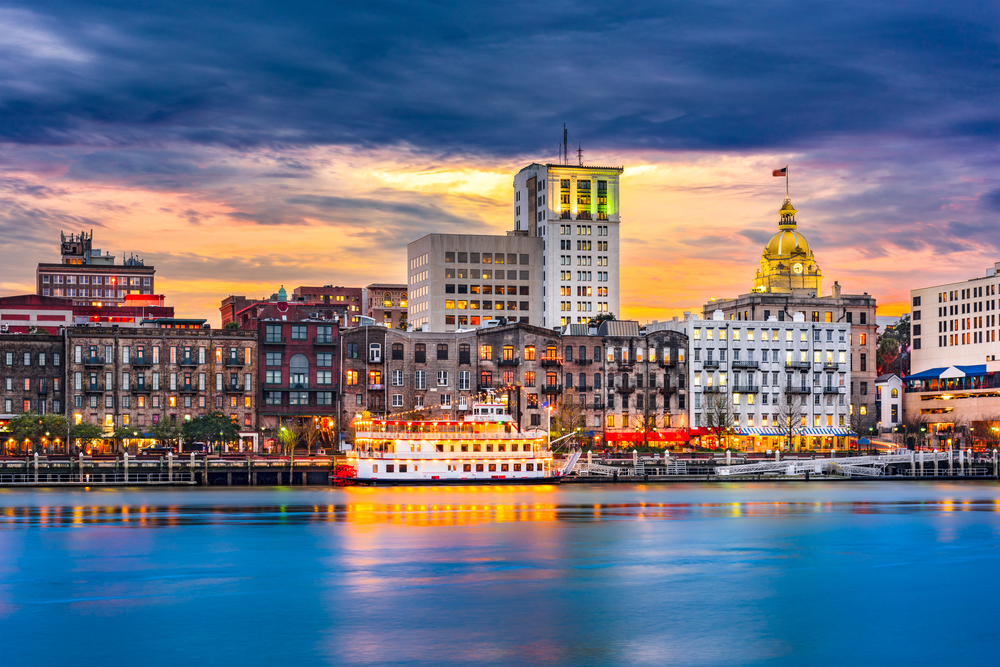
Savannah’s historic charm faces a watery threat as rising seas encroach on its beautiful squares and cobblestone streets. Known for its well-preserved antebellum architecture, the city is at risk of losing cultural landmarks to the encroaching tides. The challenge is not just about preserving buildings but also the vibrant community that inhabits them. Flooding is becoming more frequent, prompting city officials to act decisively. Savannah is determined to protect its heritage while adapting to a changing climate.
Efforts to safeguard the city include improving stormwater management and constructing barriers against storm surges. Community engagement is a cornerstone of these initiatives, with residents actively participating in resilience planning. Projects aim to enhance green spaces to absorb floodwaters, providing dual benefits of recreation and protection. However, the financial and logistical challenges are considerable, given the city’s historic infrastructure. Savannah’s journey underscores the importance of proactive adaptation to climate realities.
12. Los Angeles, California
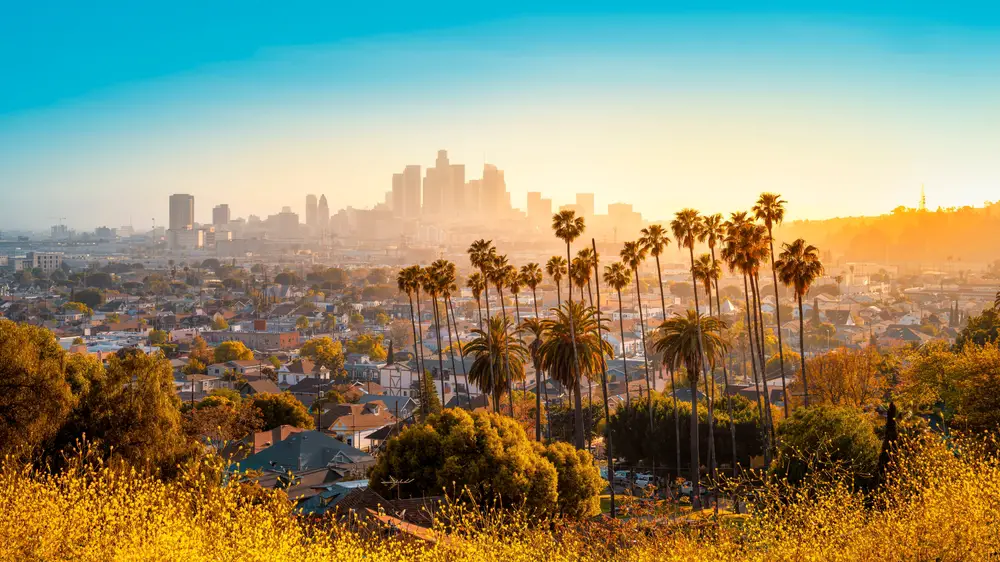
Los Angeles, famed for its beaches and sprawling cityscape, is facing the creeping threat of sea level rise. The city’s coastal areas are particularly vulnerable, with significant economic and cultural assets at stake. Rising seas could impact everything from real estate to tourism, challenging the city’s resilience. Los Angeles is actively working on strategies to mitigate these risks, focusing on both technological and community-driven solutions. The city’s response will be crucial in determining its future as a coastal metropolis.
Efforts to address these challenges include strengthening coastal defenses and implementing sustainable urban planning. Local governments are collaborating with scientists and engineers to develop innovative solutions. Public awareness campaigns aim to educate residents about the risks and necessary actions. Despite these measures, the scale of the challenge is immense, given the city’s size and complexity. Los Angeles’ battle with rising seas is emblematic of broader challenges faced by urban coastal communities worldwide.
13. Key West, Florida
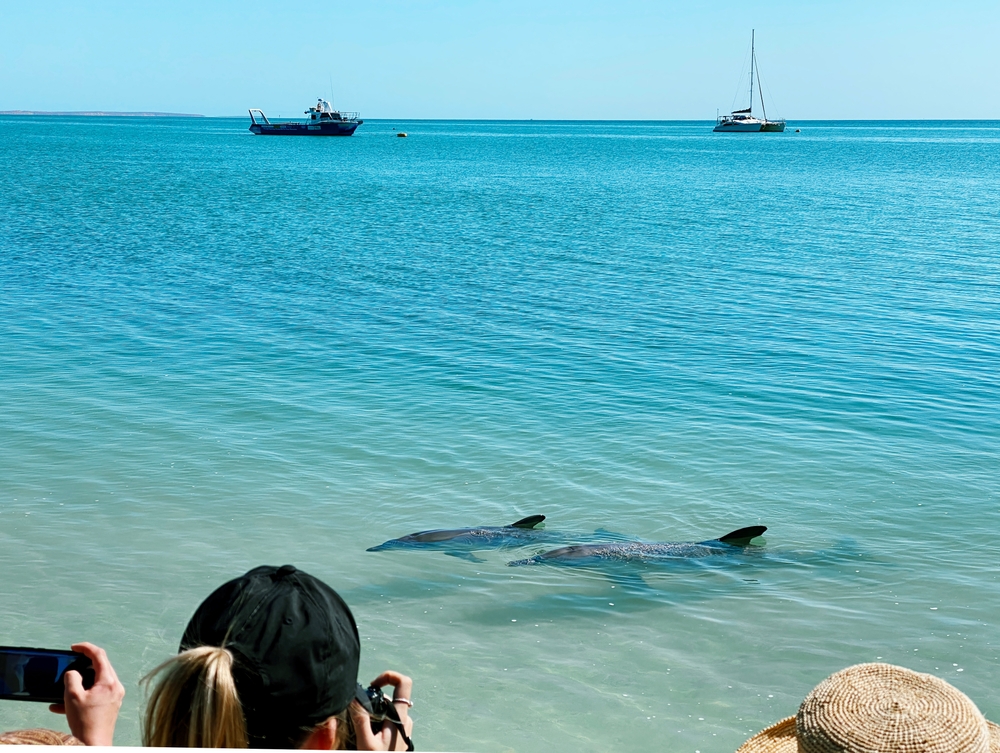
Key West is a tropical haven that could see its charm literally washed away by rising seas. The island city is particularly vulnerable due to its low elevation and proximity to the ocean. With tourism as its economic lifeline, the threat of flooding poses a significant risk to the local economy and way of life. Residents and local officials are acutely aware of the challenges, driving initiatives to fortify the island against future threats. The goal is to maintain Key West’s unique appeal while ensuring its long-term sustainability.
Efforts to combat rising seas include raising roads, improving drainage systems, and reinforcing coastal barriers. The city is also investing in community awareness programs to prepare residents for the impacts of climate change. These initiatives are crucial, but the financial burden is significant, requiring both local and federal support. Key West is in a race against time to implement these measures before the tides rise further. The island’s struggle serves as a poignant reminder of the urgent need for climate action in coastal communities.
